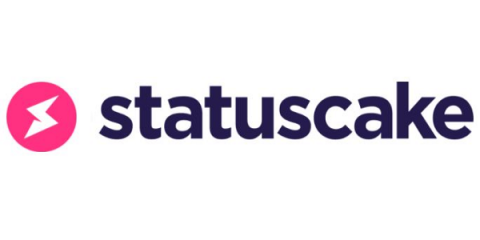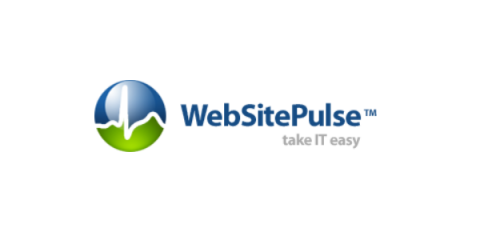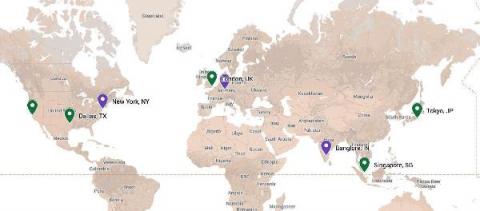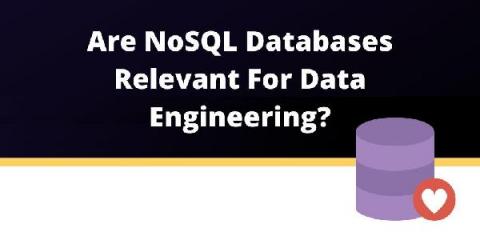Website downtime: 4 more major websites that have gone down in the last month
Website down. Two words that cause panic in website owners far and wide, especially if they have thousands, if not millions of people, using their website on a daily basis. But it’s not as rare as most people think, even the biggest of companies find themselves in the deep depths of website downtime hell. The impact? Loss of revenue for starters, followed up by your competitors who are online getting your customers’ attention, bad SEO rankings, and lack of customer satisfaction.











